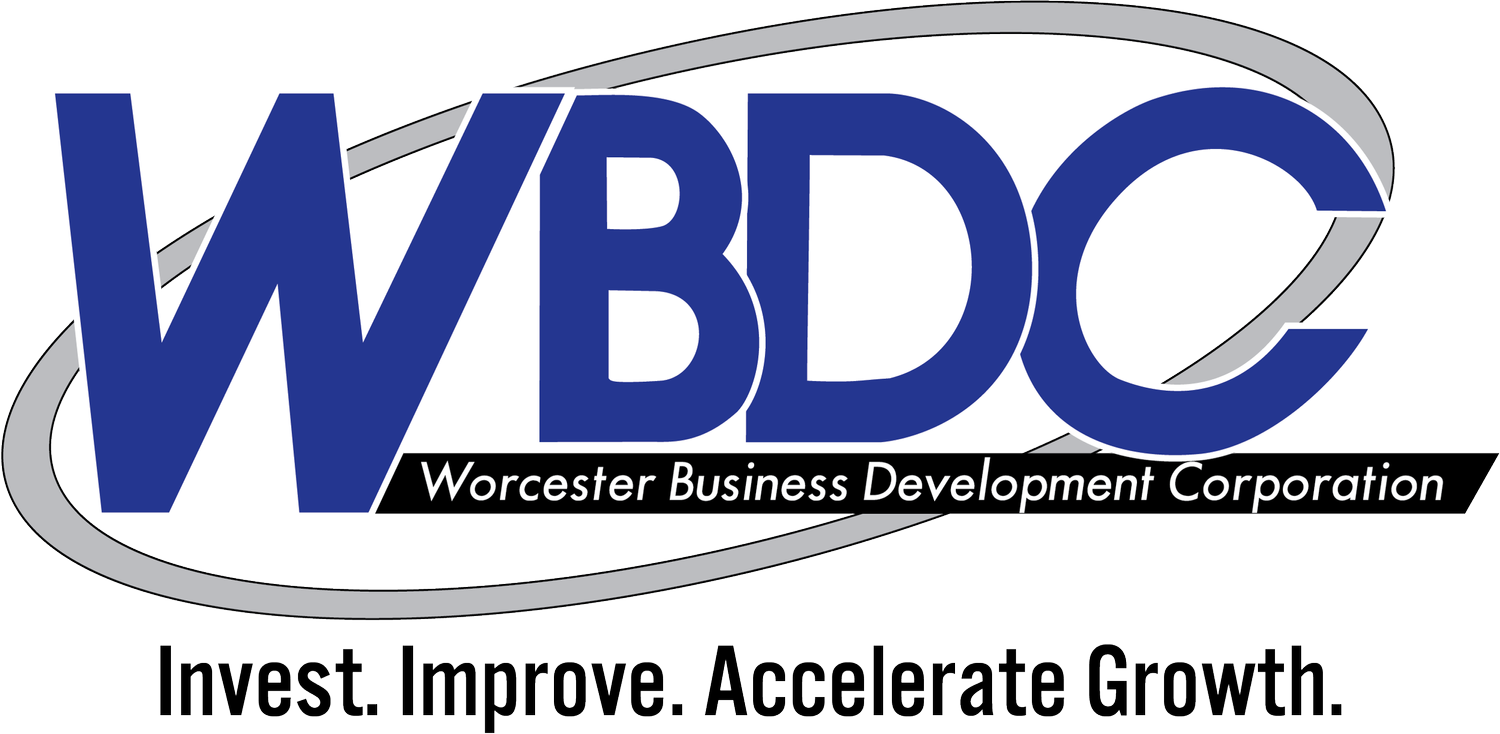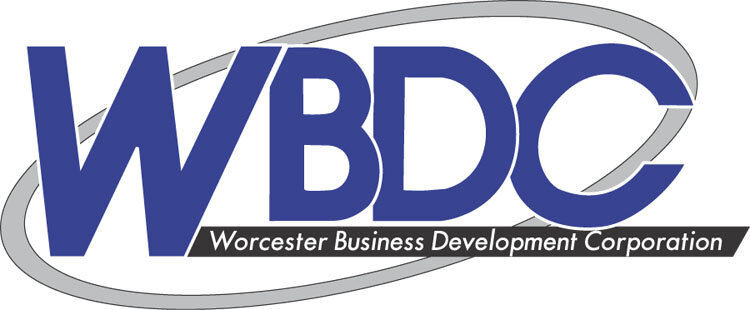WBDC Nurtures Steady Growth in SBA Loans
Worcester Regional Chamber of Commerce
WORCESTER – If an existing small business in a leased space wants to purchase property with a loan and also invest in major equipment upgrades, where could that borrower turn for help beyond conventional lending means?
One unique option is through the Worcester Business Development Corporation (WBDC) and its SBA 504 Loan Program aimed at expanding for-profit economic development projects.
The agency’s SBA loan program works by having the chosen local lending institution take 50 percent with first lien by way of the mortgage to secure the loan that can be used for any variety of developments, including property purchasing, new construction, machinery acquisition, and even some refinancing of existing debt. Then, the WBDC in partnership with the federal Small Business Administration (SBA) provides the secondary 40 percent of financing called debenture with a maximum loan size of $5.5 million.
The borrower is only required to put 10 percent equity down. As long as the borrower qualifies, the loan is for 10 or 20 years at fixed rate financing, which is currently averaging 4.59 percent. The borrower must have a tangible net worth of $15 million or less, and is allowed to take out multiple SBA loans at the same time.
“It’s 90 percent financing of which 40 percent is backed by the feds. It’s a great deal for the bank, and a great deal for the borrower,” says Craig L. Blais, president & CEO of the WBDC. “All your fees are rolled into that rate. When we present this, people don’t believe us. They ask, ‘What’s the catch?’”
It is one of the Worcester region’s best kept secrets given its growing popularity. Out of 261 CDCs in the country, adds Joyce A. Stewart, executive director of SBA and Finance at the WBDC, Massachusetts is ranked as a top leader in administering the 504 loan program. About 86 percent of the loans she facilitates go to existing businesses.
“We have a lot of good, sophisticated CDCs in our area,” says Blais, adding that a CDC has to be part of the loan deal otherwise the SBA won’t approve it. “There is an incredible amount of small businesses that qualify for this.”
There is also a good mix of local banks that accept CDC-serviced SBA 504 loans, including several credit unions, Rollstone Bank, Fidelity Bank, Cornerstone Bank, UniBank, and Baystate Savings Bank among others. The WBDC’s $36-plus million loan portfolio includes a concrete company, restaurant, envelope printer, car wash, golf course, hotel, auto and trailer sales and service, distributor, and health and fitness center to name a few.
The WBDC’s newest SBA loan project that closed in July involves Flying Rhino Café & Watering Hole located at 278 Shrewsbury St. in Worcester. Owner Paul Barber had been leasing the existing space for 18 years, says Stewart, but wanted to purchase the building outright to build upon the restaurant’s mix of eclectic food, full bar and wine cellar.
With the average loan lasting approximately 10 years, the first three years are a critical time for the WBDC to work very closely with its loan clients to help protect the long-term viability of those investments. Only one loan has failed in the past 10 years of the WBDC’s SBA loan program, though Stewart adds that it has done loan payment deferments in the past to help clients catch up. Borrowers are also subject to a substantial sliding scale pre-payment penalty during the loan’s first 10 years because the SBA sells the debenture to investors and they then have to get a return, Blais adds. After 10 years, the pre-penalty ends and banks often will then refinance at a lower rate.
“We absolutely love going out to see the people because they are so hands-on and very grateful,” says Stewart, who adds that the average turnaround time for the WBDC board of directors subcommittee-driven applicant review, credit analysis and loan approval is about seven days, not factoring in closing. “Going from that leap of leasing to owning is a big deal. We make it easy.”
Unknown to many, the SBA is not subsidized by federal taxes but is funded based on fees they collect from its estimated $100 billion loan portfolio across the country. Part of President Obama’s 2009 American Recovery and Reinvestment Act specifically targeted the SBA, asking it to pay the fees to help stimulate the economy, which created a groundswell of renewed interest.
“The program is backed by the federal government, but it is self-perpetuating. The money all gets recycled,” says Blais. “The interest is the federal government’s. We take a piece of it. They pay us and they pay the servicing, but the big money goes back into the program. The SBA takes all the expenses to run the program out of it and then they relend it again.”

